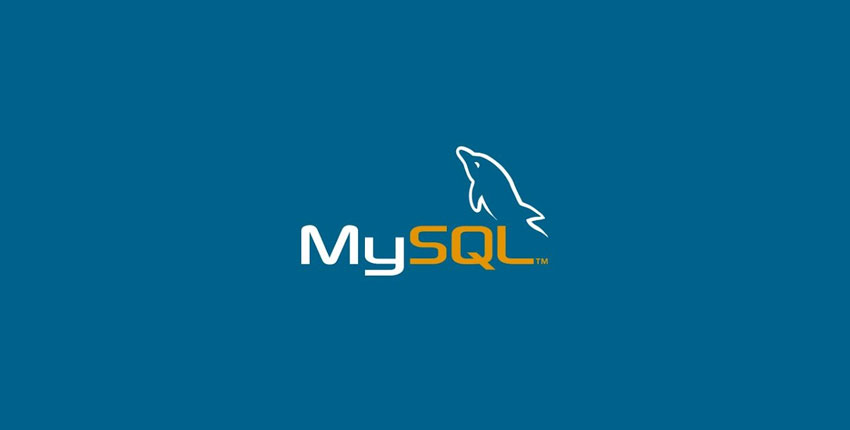MySQL is an open-source relational database management system. Many of the world’s largest and fastest-growing organizations including Facebook, Google, Adobe, Alcatel Lucent and Zappos rely on MySQL to save time and money powering their high-volume Web sites, business critical systems and packaged software. MySQL is an open-source relational database management system. Many of the world’s largest and fastest-growing organizations including Facebook, Google, Adobe, Alcatel Lucent and Zappos rely on MySQL to save time and money powering their high-volume Web sites, businesscritical systems and packaged software.

Write a public review